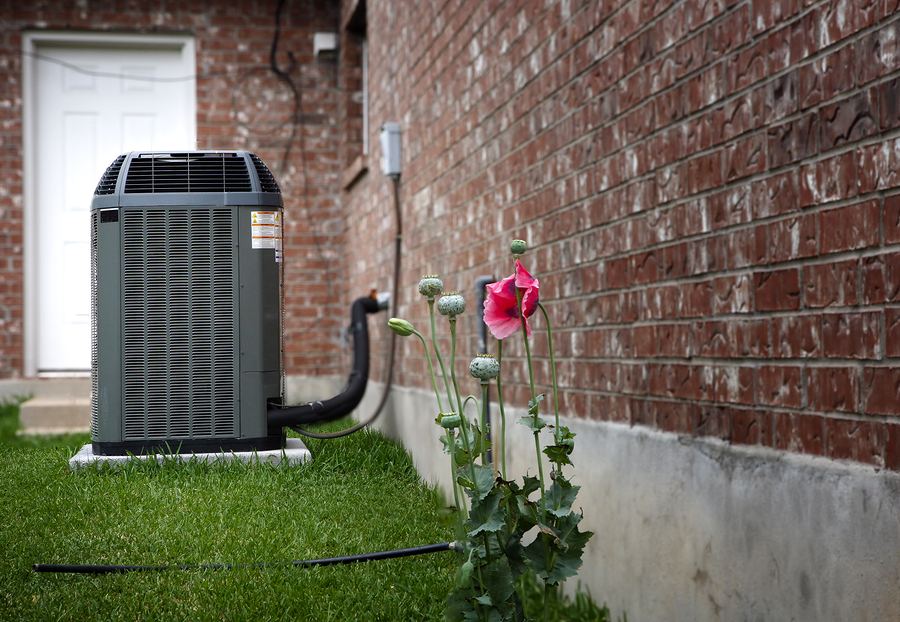A/C 101 - How Central Air Conditioning Units OperatePosted by Freyer on April 2nd, 2021
Can you think of life without a/c? Sweltering heat waves that can melt the rubber on your shoes, cook an egg on the dashboard of your automobile, and make it nearly impossible to have an excellent night's rest-- sounds unpleasant! Let's face it, life without A/C would not be the same. Did you understand, that prior to the 20th century, ice was actually gathered for refrigeration? It was cut into 1-ton blocks, delivered throughout the country and used in 'ice-boxes' to keep food fresh. Fortunately today, refrigeration has been drastically improved because its intro in 1834. By knowing how your house's A/C system works, you'll have the ability to make it run much better and longer, and if it ought to break during the pet dog days of summertime, more confident finding a replacement. What is Central Air? Considering that the 1960s, central air conditioning systems have been the most typical style of cooling in America. Finest identified by the condenser unit outdoors and ducts carrying cool air throughout the house, a central air is sometimes described as a "split-system" because the indoor and outside parts are separated. How It Functions Similar to how a sponge soaks up water, main air conditioners soak up the heat from inside the house and eject it outside through a procedure called "the refrigeration cycle." It's simple to comprehend how an a/c works when you see how the parts operate together. Parts of an A/c System Split into two parts; a system will consist of an outside condenser unit (listed below) and a coil housed on top of the heater or inside air handler. The outdoor condenser, which does the majority of the work, operates in tandem with the air handler/furnace that disperses the conditioned air into spaces of your house. The Refrigeration Cycle The cooling procedure starts when the thermostat spots the interior temperature level has actually increased above the setpoint. It signals the control board in the air handler and goes into action. 1) The internal blower attracts the hot, moist indoor air from the return ducts into the air handler/furnace cabinet to be conditioned. 2) Dirty air getting in the cabinet initially goes through an air filter that traps dirt and debris. 3) The tidy air then passes through the evaporator coil. Utilizing metal fins to increase its surface area, the evaporator coil extracts heat and wetness from the warm air as the air passes through it. The clean, cool air is flowed throughout the home. 4) A set of copper tubes consisting of refrigerant, called a Line Set, link the indoor coil with the outdoor condenser. 5) The condenser dissipates the heat trapped inside the line coming from the evaporator coil by biking it through its coils where a fan on top pushes air to accelerate the process. The refrigerant is then compressed and takes a trip back to the indoor home ac repair near me evaporator coil, where the cooling procedure continues. HVAC Cheat Sheet It's a good concept to familiarize yourself with the technical language utilized by A/C experts to understand your system when it pertains to making repairs or buying a new unit. HEATING AND COOLING - Represents heating, ventilation, and air conditioning. This acronym is used to categorize all devices used to manage air temperature, humidity, and air quality. Split-System - In recommendation to parts of the system operating both indoors and outdoors. In a split system, the condensing unit is found outside. BTU - British Thermal Units - a measurement of just how much heat energy can be gotten rid of from the air in an hour. Load - A measurement that refers to the cooling capacity your system can provide under normal conditions. 1 Lot amounts to around 12,000 BTU's. Lots are often utilized when sizing a system for your home, which can be determined based on the square footage required to be cooled or heated. Unmatched Knowledge Conveniently, the heater, air conditioning, and electrical systems all work immediately, without us needing to fumble around in the basement or worse, a hot attic. Up until something goes incorrect. Finding out about your a/c system may appear frustrating initially, once you have the essentials down, you'll have the ability to understand not only how your system works, however also decipher lingo to make buying a replacement simple. Like it? Share it! |



